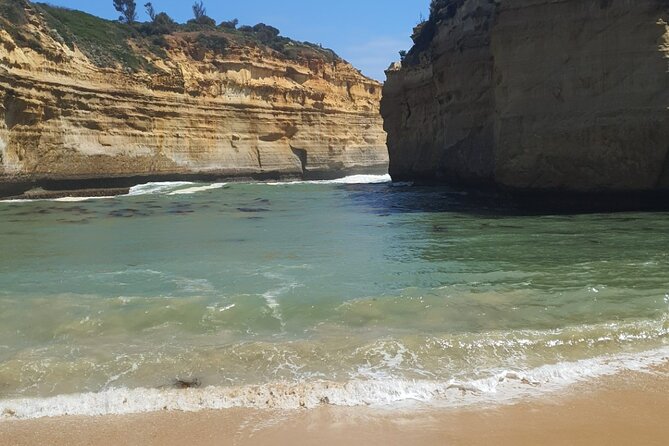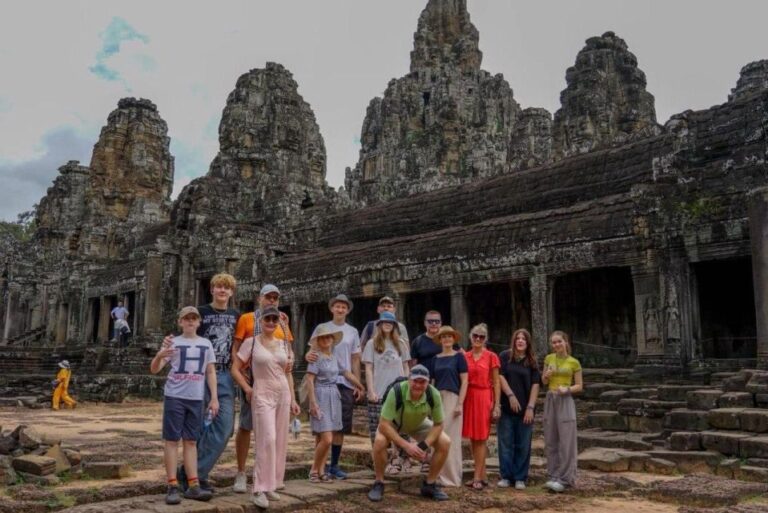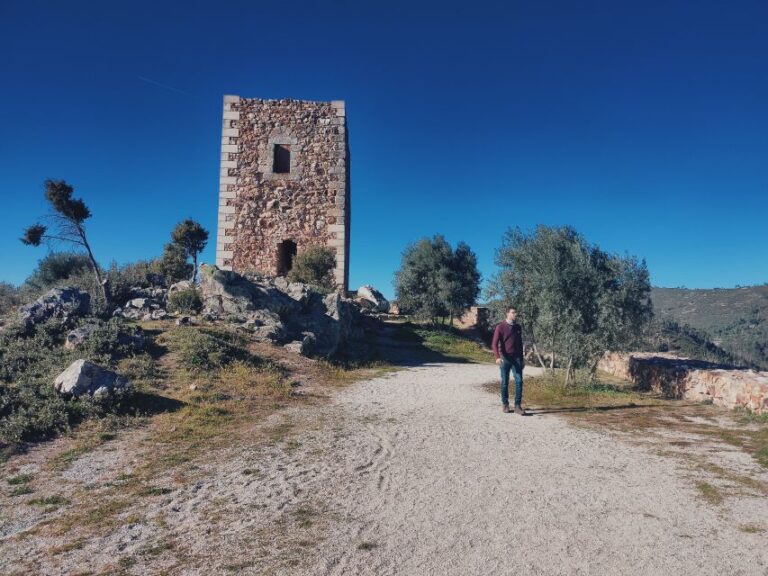Everest Base Camp Trek – 15 Days
With its towering peaks and unforgiving terrain, the Everest Base Camp Trek beckons adventurers to test their limits amidst the grandeur of the Himalayas. As trekkers set foot on this iconic trail, they are greeted by a landscape that both humbles and inspires, offering a glimpse into a world where nature reigns supreme.
But beyond the physical challenges lies a journey of self-discovery and resilience, where every step taken is a testament to the indomitable human spirit. Join this expedition, and discover the allure of the Everest Base Camp Trek – a 15-day odyssey that promises not just adventure, but a profound connection to the world’s highest peak.
Key Points
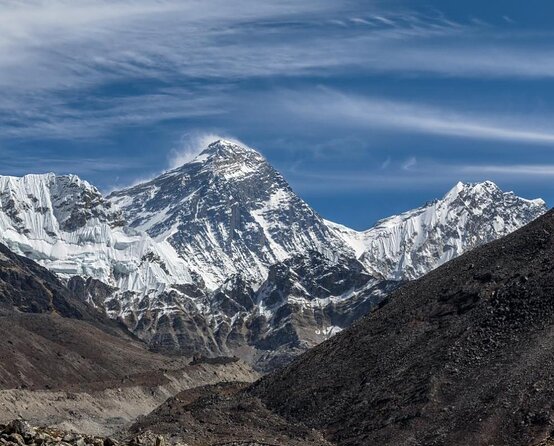
- Prepare with high-quality gear for altitude challenges.
- Immerse in Sherpa culture and local delicacies.
- Summit iconic peaks for unparalleled mountain views.
- Acclimatize wisely to prevent altitude sickness risks.
Here's some more nearby activities we've reviewed
Preparation and Packing Tips
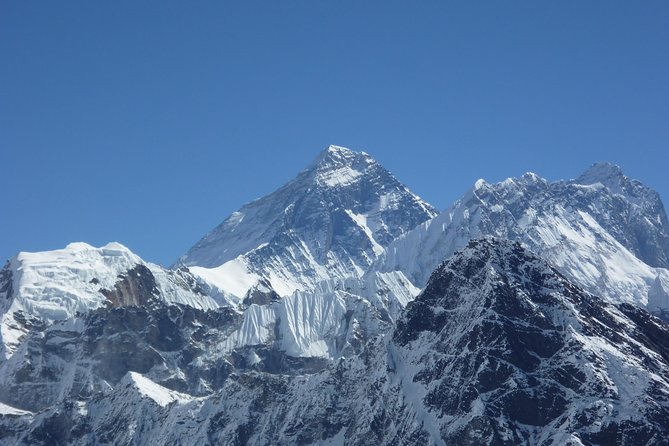
When embarking on the Everest Base Camp trek, it’s crucial to carefully prepare and pack essential items to ensure a safe and enjoyable journey through the Himalayas. Packing essentials such as high-quality trekking boots, moisture-wicking clothing, a sturdy backpack, a warm sleeping bag, and a reliable water bottle are vital for this challenging adventure.
Plus, fitness preparation is key to tackling the demanding terrain and high altitudes of the Everest region. Engaging in regular cardiovascular exercise, strength training, and hiking practice will help build endurance and stamina for the trek. It’s advisable to start a fitness regimen several months before the trip to enhance overall physical readiness and ensure a successful and rewarding experience in the majestic Himalayas.
Arrival in Kathmandu
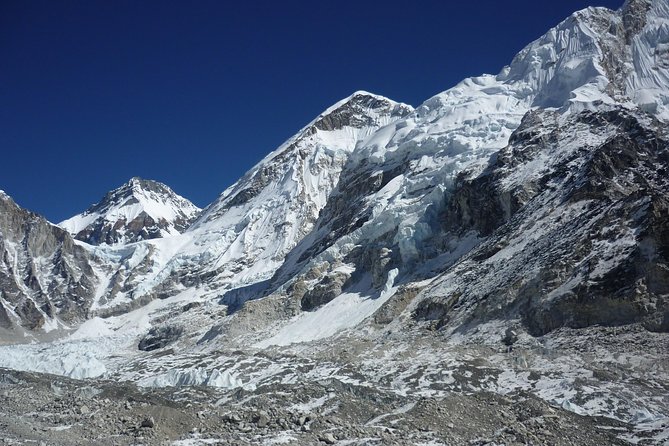
Upon arriving in Kathmandu, travelers are immediately immersed in a vibrant tapestry of sights, sounds, and aromas that captivate the senses and set the stage for the awe-inspiring journey ahead. The bustling streets of Kathmandu offer an excellent opportunity for culture, with colorful markets, ancient temples, and friendly locals eager to share their traditions.
Travelers can explore the city’s rich history by visiting attractions like Durbar Square, Swayambhunath Stupa, and the sacred Pashupatinath Temple. Sampling local delicacies, such as momos and dal bhat, is a must to fully experience the unique flavors of Nepalese cuisine.
Engaging in Kathmandu exploration before embarking on the Everest Base Camp trek provides a perfect introduction to the beauty and diversity of Nepal.
Flight to Lukla
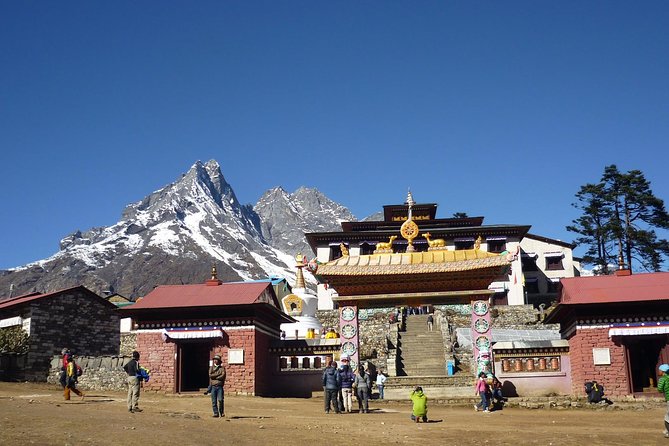
Travelers preparing for the Everest Base Camp trek eagerly anticipate the exhilarating flight to Lukla, a pivotal starting point nestled in the heart of the Himalayas. The flight to Lukla isn’t only breathtaking but also subject to weather conditions that can cause delays.
Due to the high altitude of Lukla airport, altitude sickness is a concern for many trekkers. Here are some key points to consider:
- Flights to Lukla are weather-dependent and may be delayed or canceled.
- Altitude sickness can occur due to the rapid ascent to Lukla.
- It’s essential to stay updated on weather forecasts before the flight.
- Trekkers should be prepared with necessary medications and acclimatization plans.
Trek to Phakding
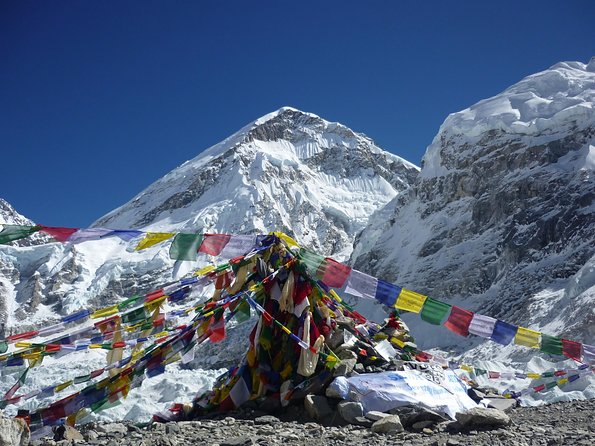
Heading towards Phakding, trekkers eagerly navigate the scenic trails that lead them through picturesque landscapes and quaint villages nestled amidst the majestic Himalayas.
Phakding offers a variety of accommodations ranging from cozy guesthouses to comfortable lodges, providing trekkers with a place to rest and rejuvenate after a day of hiking. These accommodations often offer hot meals and beverages, allowing visitors to refuel and relax in a warm and welcoming environment.
Exploring the local cuisine in Phakding is a delightful experience, with options like hearty Sherpa stew, momos (dumplings), and traditional dal bhat (rice and lentils) readily available. Trekkers can enjoy the rich flavors of the region while enjoying stunning views of the surrounding mountains.
Namche Bazaar Acclimatization
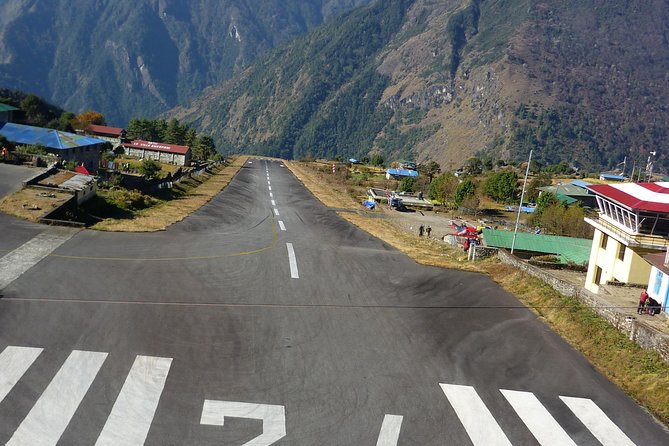
Navigating the vibrant streets of Namche Bazaar, trekkers find themselves immersed in a bustling mountain town that serves as a pivotal acclimatization hub along the Everest Base Camp trek. Namche acclimatization activities play a crucial role in helping trekkers adjust to the increasing altitude and prevent altitude sickness. Here are some key activities to aid in the acclimatization process:
-
Hike to Everest View Hotel: Offering stunning panoramic views of Everest, this hike helps trekkers acclimatize while enjoying breathtaking scenery.
-
Visit Namche Museum: Learning about the local culture and history can be both educational and a good way to spend a rest day.
-
Attend altitude sickness prevention briefing: Understanding the symptoms and preventive measures is essential for a safe trek.
-
Explore local markets: Interacting with the locals and exploring the markets can provide a cultural experience while giving your body time to adjust.
Tengboche Monastery Visit
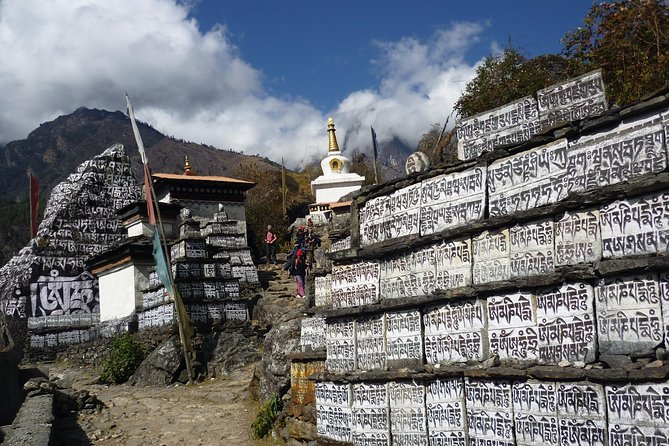
Upon reaching the Tengboche Monastery, visitors will be enveloped in a serene atmosphere that resonates with centuries of spiritual devotion and cultural significance. The Tengboche Monastery, also known as Thyangboche Monastery, holds a rich history dating back to 1916 when it was established. This Tibetan Buddhist monastery is a significant spiritual center in the Khumbu region, offering stunning views of the Himalayas. The monastery’s architecture showcases traditional Tibetan design elements, with intricate paintings, wood carvings, and ornate decorations adorning its structure. The main attraction within the monastery is the ornately decorated prayer room where monks gather for daily prayers and ceremonies. Visitors can also witness the mesmerizing Mani Rimdu festival held here annually, adding to the monastery’s cultural importance.
| Tengboche Monastery Information | |
|---|---|
| Location | Khumjung, Nepal |
| Elevation | 3,867 meters (12,687 ft) |
| Founded | 1916 |
| Architecture Style | Traditional Tibetan |
Dingboche Trek
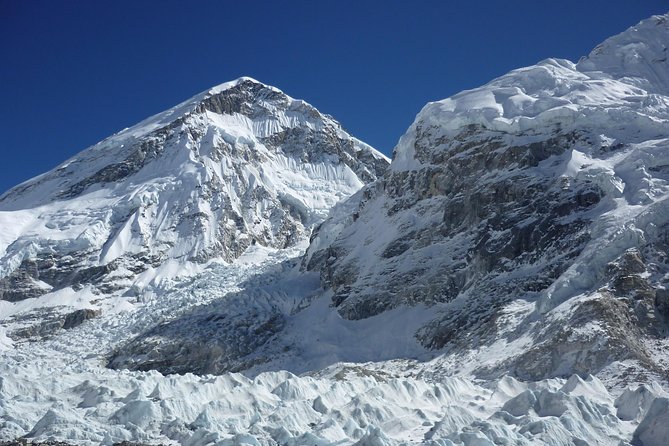
As trekkers progress further along the Everest Base Camp route, the Dingboche Trek presents a captivating journey through picturesque landscapes and high-altitude terrain. Dingboche acclimatization is crucial at this stage to prepare for the higher altitudes ahead while enjoying stunning mountain views.
Trekkers can also explore Dingboche village exploration, seeing the local culture and gaining insights into the Sherpa way of life. The village offers a glimpse into traditional practices and hospitality, enriching the overall trekking experience.
Exploring Dingboche provides a unique opportunity to interact with locals, visit monasteries, and appreciate the harmony between nature and the community.
Rest Day in Dingboche
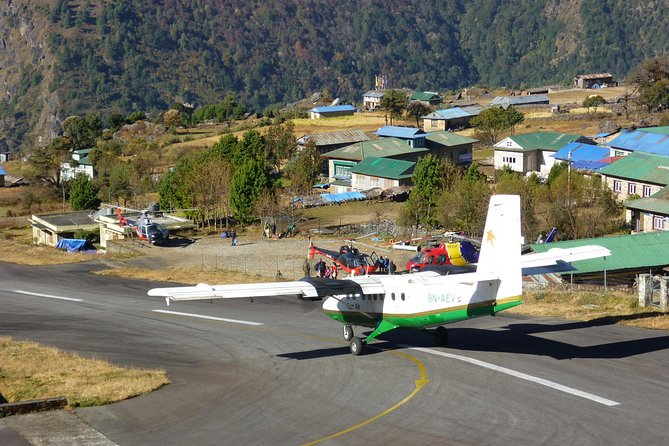
Resting in Dingboche allows trekkers to rejuvenate their bodies and acclimate further to the high-altitude conditions before continuing their journey towards Everest Base Camp. This rest day is crucial in preventing altitude sickness, enabling hikers to adjust gradually to the thinner air. On top of that, Dingboche offers a chance to savor the local cuisine, providing a taste of traditional Sherpa dishes like Dal Bhat (rice and lentils), Sherpa stew, and Yak cheese. Exploring the local food not only delights the taste buds but also aids in maintaining energy levels required for the trek. Here is a table showcasing some common altitude sickness symptoms and local dishes to try:
| Altitude Sickness Symptoms | Local Cuisine |
|---|---|
| Headache | Dal Bhat |
| Nausea | Sherpa stew |
| Fatigue | Yak cheese |
| Dizziness | Tibetan butter tea |
Lobuche Ascent
After rejuvenating in Dingboche, trekkers gear up for the challenging Lobuche Ascent, a thrilling leg of the Everest Base Camp trek that promises breathtaking views and a test of endurance at high altitudes. The Lobuche summit stands as a significant milestone for many adventurers, offering a sense of accomplishment and panoramic vistas of the surrounding Himalayan peaks.
This part of the journey requires careful acclimatization due to the high altitude trekking involved. Trekkers must navigate steep trails, rocky terrain, and possibly icy conditions as they ascend towards Lobuche. Proper gear, including sturdy boots, warm clothing, and trekking poles, is essential for tackling the challenging terrain and varying weather conditions.
- Lobuche summit achievement
- Panoramic Himalayan views
- Importance of acclimatization
- Necessary gear for high altitude trekking
Everest Base Camp Excursion
Trekkers eagerly embark on the unforgettable Everest Base Camp Excursion, where they will be immersed in the awe-inspiring beauty of the Himalayas and challenged by the rugged terrain along the way. The journey to Everest Base Camp is not only about reaching the destination but also about experiencing the rich Sherpa culture and dealing with altitude sickness. Sherpas, known for their mountaineering expertise, warmly welcome trekkers into their villages, offering insights into their traditions and way of life. Altitude sickness, a common concern due to the high elevation, requires trekkers to acclimatize properly by taking it slow, staying hydrated, and recognizing symptoms promptly. This excursion offers not only a physical challenge but also a culture into the world of the Sherpas.
| Altitude Sickness | Sherpa Culture |
|---|---|
| Acclimatize properly to prevent symptoms | Experience the traditions and lifestyle of the Sherpas |
| Stay hydrated and recognize symptoms | Learn from the Sherpas’ mountaineering expertise |
| Take it slow and listen to your body | Interact with welcoming Sherpa communities |
Gorak Shep Hike
Nestled amidst the stunning Himalayan landscape lies the invigorating Gorak Shep Hike, offering trekkers a challenging yet rewarding adventure at high altitudes. The hike presents breathtaking mountain views and tests one’s endurance with altitude challenges. Here are some key highlights of the Gorak Shep Hike:
- Spectacular panoramic views of the surrounding Himalayan peaks.
- Trekking at high altitudes above 16,000 feet, providing a unique challenge.
- Passing through rugged terrains and rocky paths, adding to the thrill of the journey.
- Encountering the tranquil beauty of the Khumbu Glacier, a mesmerizing natural wonder in the Everest region.
Kala Patthar Summit
Ascending to the summit of Kala Patthar offers trekkers a breathtaking vantage point to behold the majestic Himalayan peaks in all their glory. At an elevation of 18,514 feet, this vantage point provides an unparalleled panoramic view of Everest, Lhotse, Nuptse, and other iconic peaks.
Trekkers often capture stunning Kala Patthar photography, with the rising sun casting a warm glow over the snow-capped giants. However, reaching this height comes with high altitude challenges. The thin air can make breathing difficult, requiring slow and steady progress to avoid altitude sickness.
It’s essential for trekkers to stay hydrated, maintain a steady pace, and listen to their bodies to successfully conquer Kala Patthar and witness one of the world’s most awe-inspiring vistas.
Descent to Pheriche
After marveling at the panoramic view from Kala Patthar, the journey transitions to the descent to Pheriche, a picturesque village nestled in the heart of the Himalayas.
Pheriche offers a unique opportunity to explore the local culture and traditions, providing insights into the Sherpa way of life. Exploring Pheriche culture can involve interacting with the friendly locals, visiting monasteries, and experiencing traditional Sherpa cuisine.
Altitude sickness prevention remains crucial during the descent, with trekkers advised to continue hydrating, maintaining a steady pace, and being mindful of any symptoms.
The descent to Pheriche not only offers stunning mountain views but also a chance to take in the rich cultural tapestry of the region.
Return to Lukla
Upon completing the cultural exploration in Pheriche, trekkers embark on their journey back to Lukla, the starting point of the Everest Base Camp trek, where scenic vistas and memories of the Himalayan adventure await.
The return journey offers a mix of nostalgia and satisfaction as trekkers retrace their steps through the rugged terrain, passing familiar landmarks like Tengboche Monastery and Namche Bazaar.
As they near Lukla, the anticipation of a safe Lukla landing at the famous and challenging Tenzing-Hillary Airport grows. The Lukla airport, known for its short, sloping runway and breathtaking mountain backdrop, marks the end of the trekking adventure.
Trekkers can savor their final moments in the Everest region before bidding farewell to this majestic landscape.
Farewell to Kathmandu
Saying goodbye to the vibrant city of Kathmandu marks the end of an unforgettable journey through the heart of Nepal. As trekkers prepare to depart, they cherish the memories made in this bustling city and embrace the farewell traditions that honor their time spent in Kathmandu.
-
Reflecting on the journey: Travelers take a moment to reminisce about the challenging yet rewarding trek to Everest Base Camp.
-
Exploring Kathmandu memories: Strolling through the winding streets of Thamel, visiting ancient temples, and savoring the flavors of traditional Nepalese cuisine.
-
Participating in farewell ceremonies: Engaging in cultural rituals to express gratitude for the experiences gained during the expedition.
-
Exchanging contact information: Swapping details with newfound friends to stay connected after parting ways.
Here's a few more nearby tours and experiences we have reviewed.
Common questions
What Is the Best Time of Year to Do the Everest Base Camp Trek?
The best time of year to embark on the Everest Base Camp trek is during the pre-monsoon and post-monsoon seasons. These periods offer favorable weather conditions for trekking, ensuring proper acclimatization and allowing for adequate preparation against seasonal variations.
Are There Any Specific Altitude Sickness Prevention Measures Recommended for This Trek?
Altitude sickness prevention is crucial for high altitude trekking. Adequate acclimatization techniques, such as gradual ascent and staying hydrated, help mitigate mountain sickness symptoms. Consultation with a healthcare provider and carrying necessary medications are recommended.
Can I Rent Trekking Gear in Kathmandu or Should I Bring My Own?
When trekking in Kathmandu, travelers can rent trekking gear instead of bringing their own. Renting gear locally is convenient, cost-effective, and ensures access to quality equipment for a comfortable and successful trekking experience in the region.
Are There Any Specific Cultural Customs or Etiquette I Should Be Aware of During the Trek?
When trekking in Nepal, it’s important to respect local customs. Be mindful of cultural practices like greeting with "Namaste." Dress modestly, covering shoulders and knees. Remove shoes when entering homes or temples. Respect wildlife and environment. Embrace the unique etiquette of the region.
Is It Possible to See Mount Everest From the Base Camp or Do I Need to Go to Specific Viewpoints for the Best Views?
From the base camp, one can catch glimpses of Mount Everest, but for the best views, specific viewpoints along the trek offer clearer visibility. These vantage points provide stunning mountain views, enhancing the trekking experience.
Here's more of our most recent tour reviews happening neaby
- Old Kathmandu: A Self-Guided Audio Tour
- Kathmandu Durbar Square Tour
- Mardi Himal Trekking From Kathmandu
- Shivapuri Peak Day Hike From Kathmandu
- Balthali Village Trek 3 Days
- Experience the Best of Langtang and Helambu on a Stunning Trek Adventure
- Kathmandu City Sightseeing Tour
- Manaslu Larke Pass Trekking
- Everest Base Camp Helicopter Tour
- Nagarkot Sunset Toour With Bhaktapur Durbar Square Visit
- Kathmandu Buddhist Circuit Private Day Tour
Last Words
Embark on the Everest Base Camp trek for an unforgettable adventure filled with stunning views, culture, and personal triumphs. From the bustling streets of Kathmandu to the serene beauty of the Himalayas, this 15-day journey offers a once-in-a-lifetime experience for avid trekkers.
Push your limits, soak in the breathtaking scenery, and create lasting memories as you conquer the towering peaks of the world’s highest mountain. Everest Base Camp awaits, are you ready to take on the challenge?

